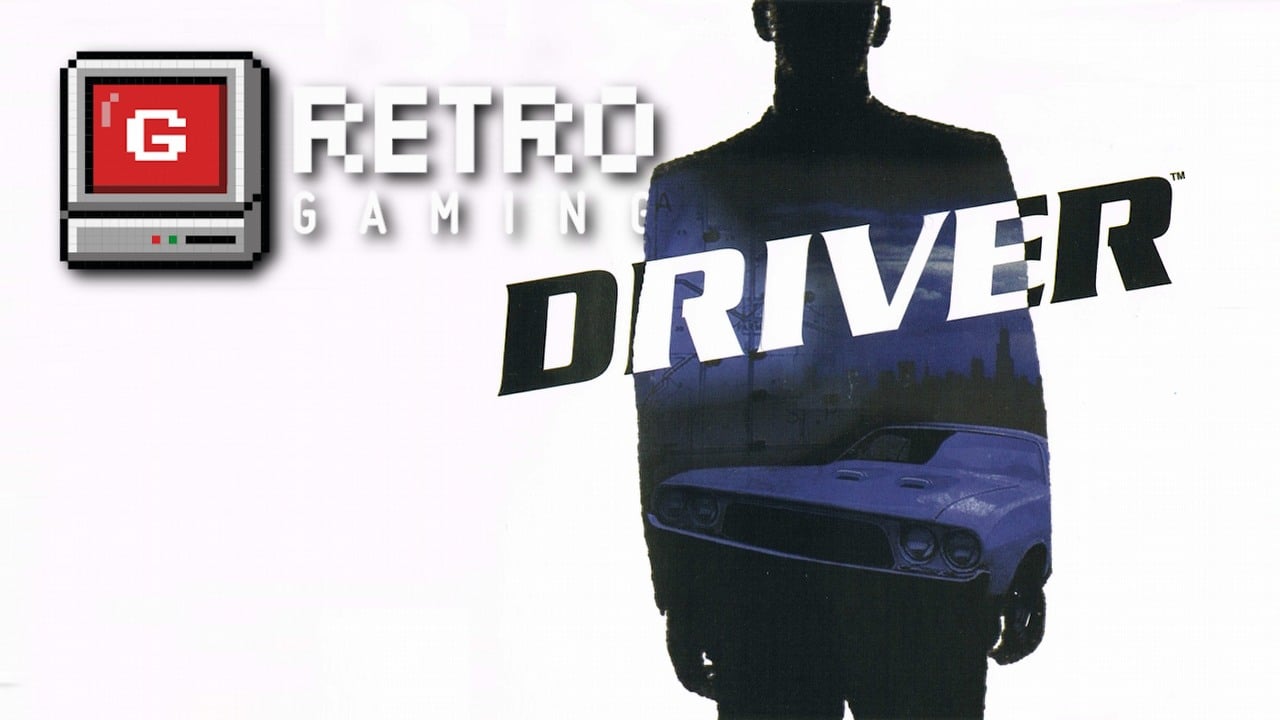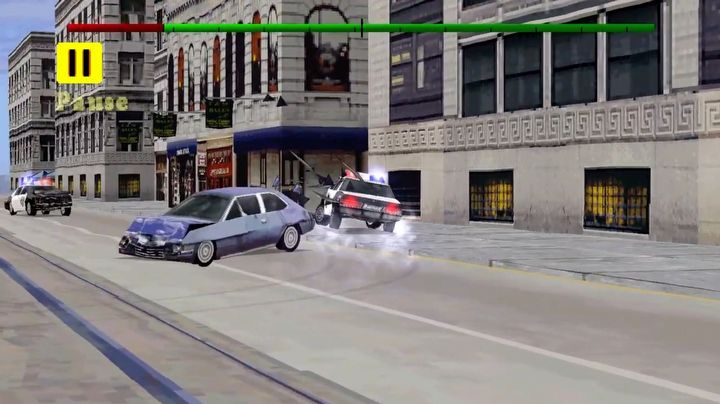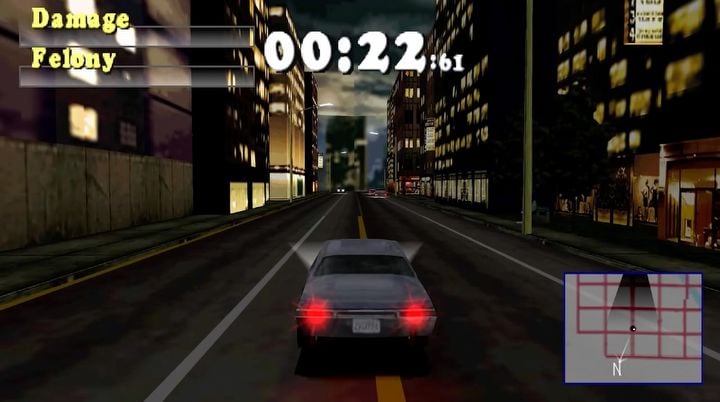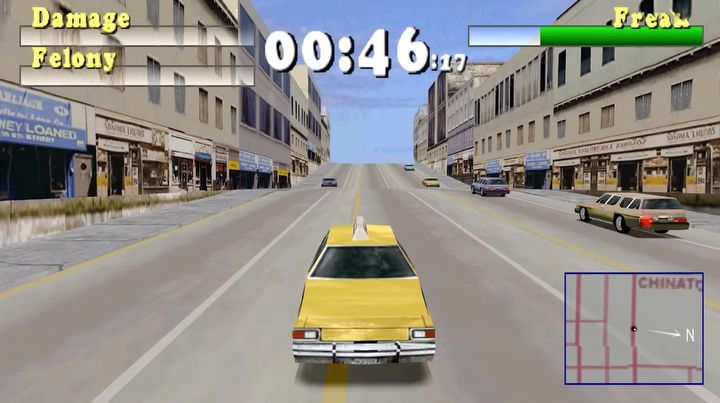
Back in the ’80s, TV movies were like major leagues. The ones that really got us pumped up were the ones with high-speed car chases! Big muscle cars, swarms of cop cars, flying hubcaps… Movies like Smokey and the Bandit or Bullitt were the talk of the school for weeks on end. I was always eager to hear my friends’ takes on these adrenaline-fueled spectacles!
In the late 1990s, we started getting video games where you could evade the police. The initial game was Grand Theft Auto, released in 1997. A year later came Need for Speed III: Hot Pursuit with police cars pursuing us – it had an exciting feel, but it still leaned more towards racing than movie-like chases. Lastly, in 1998, Driver arrived with squealing tires – a joy for any fan of the Bullitt movie!

Spy Tanner
The game, named Driver, was a heartfelt homage to car chase sequences from films, created by Reflection Interactive (known for developing games like Shadow of the Beast and Destruction Derby). Instead of conventional routes like highways or journeys from one location to another, it skipped the traditional racing of sleek sports cars. Instead, it offered a unique perspective with boxy American vehicles cruising through cityscapes – and there were four distinct cities: Miami, New York, Los Angeles, and San Francisco.
In the game, we assumed the character of John Tanner, a former race car driver turned undercover NY cop, who infiltrated a criminal syndicate as their getaway driver. Our objective was to dismantle the mafia and its leader, Castaldi. We began with a mission in Miami, progressed to San Francisco, then Los Angeles, ultimately reaching New York, where we attempted to thwart an attempt on the U.S. President’s life.
Movie chases in an open world before GTA
Unlike many early racing games, Driver provided an almost open-world experience. Each city closely resembled its real-life counterpart during the PlayStation 1 era, featuring recognizable landmarks and architectural styles such as the expansive oceanfront streets in Miami and the hilly landscapes of San Francisco. Unlike rushing blindly, as in NFS, here you navigated the streets, collided with police barricades, performed dramatic handbrake turns – all reminiscent of movie car chases. To top it off, upon completing a mission, there was an option to activate “director mode,” allowing us to watch a replay of the stage from multiple external cameras.
The primary goals included maintaining a steady speed and avoiding encounters with law enforcement to reach specific destinations, while some objectives demanded maximum acceleration due to strict time constraints. Additionally, there were nighttime journeys. At the pinnacle, we had a “Felony” bar that mimicked the well-known “wanted level” system from GTA, denoted by stars. Filling up this bar made completing the mission nearly impossible after it was reached.

The game was richly detailed, boasting an impressive car destruction model that wasn’t limited to our own vehicle, but included all AI traffic we collided with. It also featured the realistic effect of “screeching tires” and knocking over roadside barriers, which flew off to the sides. Moreover, the driving experience was exceptional – the cars seemed to “wobble” on their soft suspensions, a characteristic often found in American vehicles, and executing a handbrake turn provided an exhilarating feeling each time. In simpler terms, the game’s detail was convincing and the driving model was fantastic, with cars swaying realistically and handbrake turns offering a thrill.
In those days, the driver displayed exceptional skill, maximizing every bit of performance from the PlayStation 1 console. The game boasted a stunning, sprawling 3D cityscape filled with multiple automobiles on the road, damage models for each vehicle, pedestrians, buildings, and objects – it was nothing short of breathtaking. Furthermore, the visuals were complemented by superb sound design and an atmospheric soundtrack reminiscent of the ’70s.
Horror in the underground parking lot
I haven’t neglected mentioning the most contentious level from the game ‘Driver’, namely the subterranean car park. It truly warrants unique recognition! The initial mission functioned as both a trial and an introduction to the narrative mode, where we were tasked with showcasing our driving abilities. In a span of one minute, a sequence of maneuvers needed to be accomplished in an empty underground car park: initiate with screeching tires, reach a specified speed, slow down before colliding with a wall, perform a 180-degree turn while reversing, circle the entire parking lot, weave between the car park pillars, execute a handbrake turn, and spin in a 360-degree burnout.
For numerous gamers, it served as an insurmountable challenge, resulting in numerous failed attempts and a great deal of irritation. The maneuvers were tough, involving dodging pillars and parked vehicles, or spinning using the handbrake, which necessitated precise timing. Moreover, once we learned how to drive, another hurdle was the one-minute time limit for every action. However, despite its difficulty, it had an extraordinary ambiance that distinguished it from other tough games, leaving players invigorated rather than fatigued and frustrated. The setting, a dimly lit parking lot, a car, the engine’s gentle hum, and the screech of tires—from the very start, it felt like a movie scene, and that wasn’t by chance.
The creators drew significant influence from the 1978 film “The Driver”, using it as a blueprint for the overall theme and narrative of the game. In Walter Hill’s movie, the lead driver was employed by gangsters, while detectives were determined to apprehend him at all costs (in the game, this dynamic is flipped, with the protagonist being an undercover agent). The film is notable for its characterless characters, which reportedly served as a major inspiration for Quentin Tarantino’s creations. In a pivotal scene, the main driver, played by Ryan O’Neal, must demonstrate to the gangsters that his skills warrant his service fee and leads them on a thrilling chase through an underground car park. This iconic introduction sets the tone for “Driver”.
In this game, you might notice sounds reminiscent of frightened passengers, yet the vehicle doesn’t look like an orange Mercedes. Previously, we may have grumbled about it, but today, it’s clear that it’s a significant cultural phenomenon, leaving an indelible mark on video game history.
From success to the brand’s abandonment
The Driver game series is frequently likened to Grand Theft Auto, and indeed, it took some cues from its early 2D versions, which included city police pursuits. Interestingly, it was two years before GTA 3 that this gameplay was first introduced into a three-dimensional, open world environment. The initial release of the series was successful, leading to four primary sequels: Driver 2, Driver 3, Driver: Parallel Lines, and Driver: San Francisco, as well as two games for portable consoles: Driver 76 on PSP and Driver: Renegade 3D on 3DS. The last significant installment, Driver: San Francisco, was launched in 2011. Plans for a feature film were abandoned in 2002, and the TV series project was scrapped in 2024. Could we see a return of Driver? Ubisoft, the company responsible for the franchise, has hinted that they are currently working on several projects related to Driver. Time will tell what comes of it.

How to play Driver today?
As of now, there’s no official way to get the game digitally. You can’t find it on platforms like GOG.com, Steam, or Ubisoft Connect. Instead, you might need an old PC, a PSX console, and the original disc from that era. Occasionally, you may stumble upon the game when it pops up for sale on auction sites, but the availability isn’t consistent.
Read More
- Who Is Harley Wallace? The Heartbreaking Truth Behind Bring Her Back’s Dedication
- Basketball Zero Boombox & Music ID Codes – Roblox
- 50 Ankle Break & Score Sound ID Codes for Basketball Zero
- TikToker goes viral with world’s “most expensive” 24k gold Labubu
- 100 Most-Watched TV Series of 2024-25 Across Streaming, Broadcast and Cable: ‘Squid Game’ Leads This Season’s Rankers
- Revisiting Peter Jackson’s Epic Monster Masterpiece: King Kong’s Lasting Impact on Cinema
- 50 Goal Sound ID Codes for Blue Lock Rivals
- League of Legends MSI 2025: Full schedule, qualified teams & more
- KFC launches “Kentucky Fried Comeback” with free chicken and new menu item
- Gaming’s Hilarious Roast of “Fake News” and Propaganda
2025-03-29 23:33